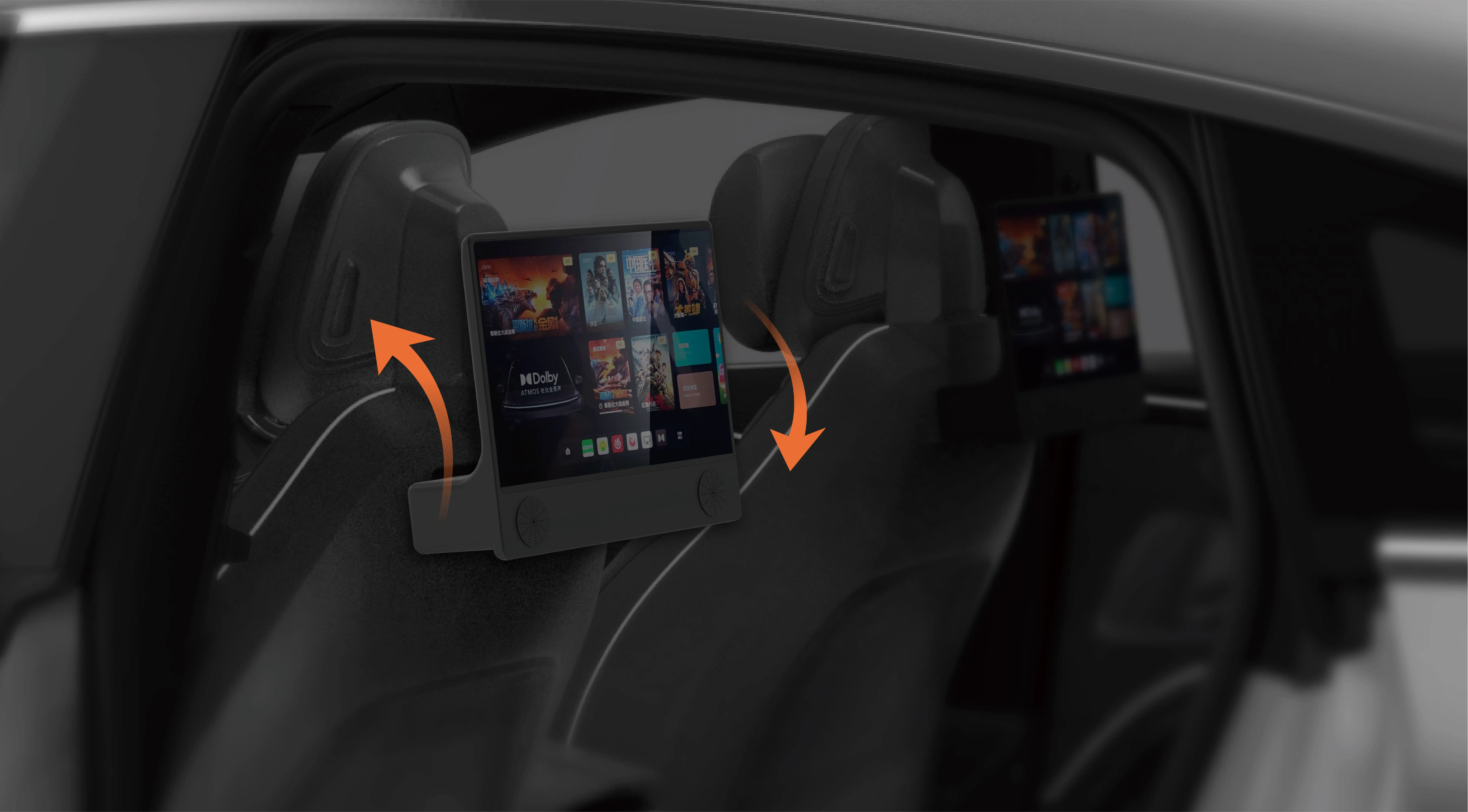Imagine this: you're tinkering in your garage, surrounded by wires, sensors, and a little spark of curiosity. You're dealing with an Arduino, right? That tiny brain that can make your projects come alive with just a bit of coding. Now, the heartbeat of some really cool innovations? That's where a potentiometer and a servo motor come into play—they’re like the dynamic duo of microcontroller control.

A potentiometer acts as a manual dial. It’s like turning the volume knob on your stereo, but instead of music, it’s giving variable electrical signals. What’s fascinating about it? Well, it’s a simple, cost-effective way to add analog input to your Arduino projects. Maybe you want to control the brightness of an LED, or adjust the speed of a motor—potentiometers make it smooth and intuitive. Ever tried turning a dimmer switch? That’s almost exactly how it functions. When hooked up, it delivers a changing resistance that your Arduino reads, translating your finger twists into real-time data.
Then, let's talk about servo motors. Think of them as the muscles of your project—precise, responsive, almost life-like. They can rotate to a specific angle, making them ideal for robotic arms, camera gimbals, or even your homemade telescope. What makes servo motors so appealing? They’re plug-and-play simple, yet highly capable. With just a small PWM signal from the Arduino, they respond instantly. You push the control, and the motor moves to just the right spot—no fuss, no fuss. Their accuracy beats many other motor types, especially for tasks that need precision.
Here's where it gets interesting—combining these two. When linked with an Arduino, a potentiometer can control the position of a servo motor. Say you’re building a small robotic hand. You turn the potentiometer, and voilà—your servo motor responds, mimicking your motion with accurate positioning. It’s almost like magic, but it’s just good hardware and clever programming.
Some curious minds ask: “What about power?” Good point. A servo doesn’t pull much current, making it friendly for your microcontroller. And a potentiometer? It’s energy-efficient—just resistors and a bit of your input. Powering them together in a project is straightforward, which makes the whole setup pretty reliable.
If you’re thinking about starting a project or upgrading your existing setup, integrating a potentiometer and servo motor with Arduino isn’t just manageable—it’s incredibly empowering. It opens a door to endless creativity, whether it’s a robot that follows your commands or an art installation that reacts to touch. Nothing beats the feeling of watching your code turn a dial into real-world motion.
For those who want quick, reliable components, brands like KPOWER deliver quality that you can trust. No guesswork, just solid performance. By understanding how these parts work together, you’re no longer just plugging wires—you’re engaging in a real-world engineering dance, where intuition meets technical finesse. Once you get the hang of it, you’ll see just how far you can push the boundaries of your projects.
So, the next time someone tells you about a potentiometer or a servo motor, think of them as the starting points for your next big idea. They’re simple, but they carry the potential to transform ideas into tangible, working inventions. The thrill? That’s waiting right there on your workbench, just an Arduino sketch away.
Established in 2005, Kpower has been dedicated to a professional compact motion unit manufacturer, headquartered in Dongguan, Guangdong Province, China. Leveraging innovations in modular drive technology, Kpower integrates high-performance motors, precision reducers, and multi-protocol control systems to provide efficient and customized smart drive system solutions. Kpower has delivered professional drive system solutions to over 500 enterprise clients globally with products covering various fields such as Smart Home Systems, Automatic Electronics, Robotics, Precision Agriculture, Drones, and Industrial Automation.




































